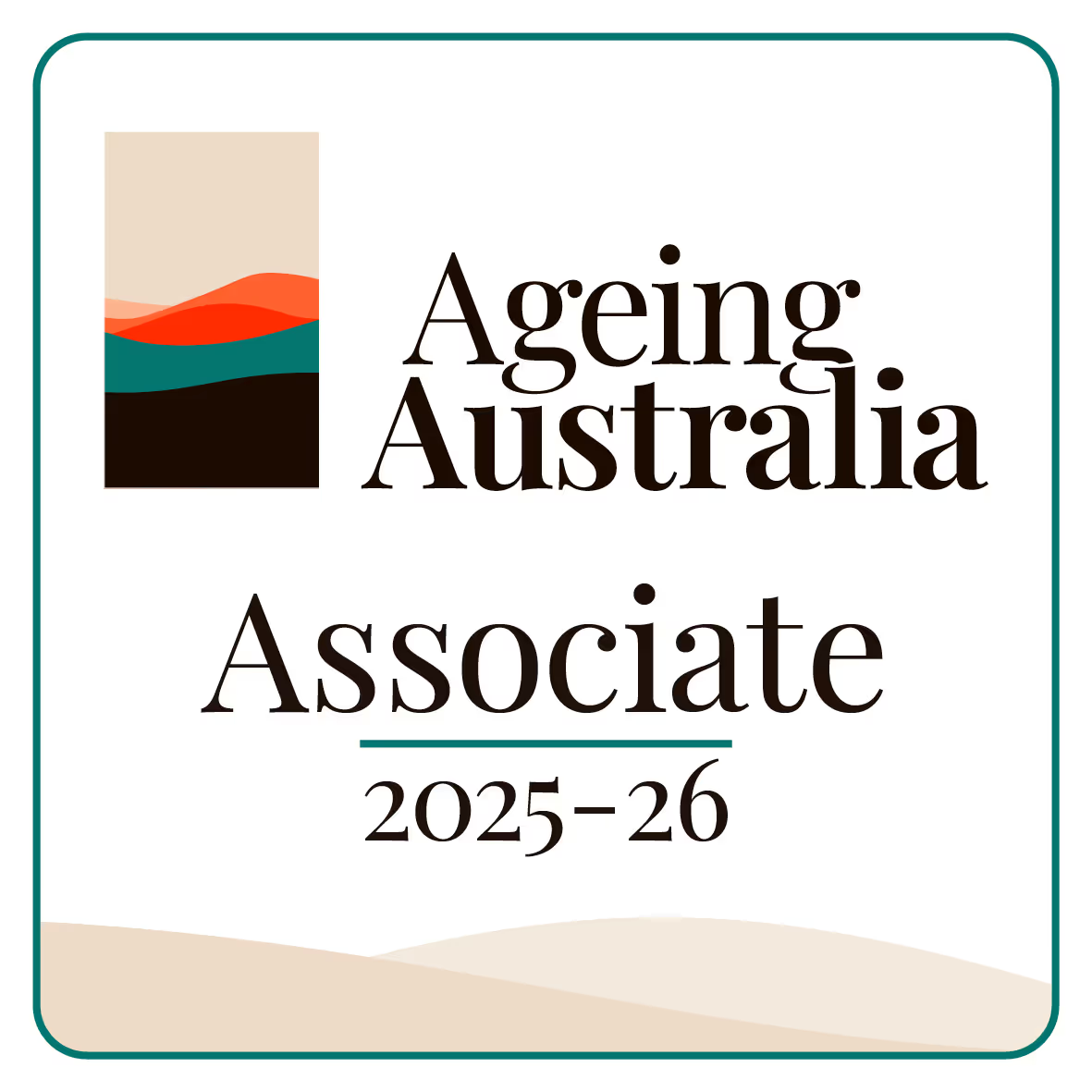As leaders in the Australian aged care sector, you are positioned at the forefront of immense responsibility and significant challenges. You are likely very familiar with one of the most persistent drains on your resources: the burden of compliance reporting. Your teams, from directors of nursing to quality managers, are dedicated to providing excellent care. Yet, they often find themselves spending countless hours on administrative tasks that feel disconnected from that core mission. This repetitive reporting drains financial resources, lowers staff morale, and, most importantly, pulls your most skilled professionals away from the residents who need them. The true purpose of technology in this field should not be to add new layers of complexity. It must be to solve this exact problem, giving your organization back its most valuable asset: time.
The Crushing Weight of Aged Care Reporting
The demands for compliance reporting in the Australian aged care landscape are complex, multifaceted, and constantly growing. Your organization must produce detailed, accurate, and timely reports to demonstrate accountability to regulatory bodies, funding departments, and governing boards. This is not optional; it is a fundamental requirement of operation.
However, the methods used to gather and present this data are frequently manual, fragmented, and inefficient. Staff in different departments may enter the same resident information into multiple, disconnected systems. A clinical update in one system fails to automatically populate the reporting dashboard in another. This duplication of effort is a primary source of operational friction. It not only consumes thousands of hours of skilled labor across the year but also creates a high risk of human error. A simple mistake in data entry can lead to incorrect reports, creating compliance risks that your organization cannot afford. This is not just an administrative headache. It is a direct operational inefficiency that impacts your budget, your risk profile, and the job satisfaction of your team.

Data Automation: The Practical Solution for Modern Aged Care
This is where data automation offers a practical and powerful way forward. Artificial Intelligence (AI) can act as an intelligent assistant for your team, specifically designed to tackle high-volume, repetitive tasks. Instead of your compliance manager manually searching spreadsheets and resident files, AI-driven systems can securely access, aggregate, and organize information that already exists.
Imagine your quality team preparing for an audit. Instead of spending days, or even weeks, pulling separate reports from clinical, financial, and human resources systems, a data automation platform does the heavy lifting. It gathers the required evidence, flags anomalies, and formats the information according to the specific compliance framework. This is not a futuristic concept; it is a practical application of modern technology available today.
This automation process achieves several goals at once. It dramatically reduces the hours spent on manual data collection. It improves the accuracy of your reports by eliminating the errors associated with manual data transfer. Most importantly, it allows your human experts—your nurses, managers, and quality leaders—to stop being data collectors and start being data analysts. They can use the time saved to focus on what the data actually means and how to use it to drive genuine improvements in care.
The Critical Role of AI Governance
Implementing any form of AI in a sensitive environment like aged care requires robust and transparent oversight. You cannot risk resident privacy. You cannot compromise data security. You cannot rely on a "black box" system that makes decisions you cannot explain. This is why strong AI governance is not just an add-on; it is a necessity from day one.
AI governance refers to the complete framework of rules, policies, standards, and processes used to guide the development and use of AI technology. It is the human-led management of the technology. For organizations operating in Australia, this means the AI platform must be designed to comply with all relevant legislation, including the Privacy Act and the specific requirements of the Aged Care Quality and Safety Commission.
It ensures that the system is transparent, meaning you can understand how it reaches its conclusions. It ensures the system is fair and unbiased. It confirms that all data is secure, encrypted, and handled with the utmost confidentiality. Governa AI builds its solutions around this central principle. We believe that for AI to be useful in aged care, it must first be trustworthy. Strong governance provides that trust, giving your board and your leadership team the confidence to adopt new solutions safely.
The True Objective: The Future of Aged Care
The final aim of reducing the aged care reporting burden is simple and profound: enabling better resident care. Technology is only a tool; the goal is always human.
When your compliance managers are not trapped by spreadsheets, they can be on the floor, actively mentoring staff and observing care practices. They can proactively identify quality improvements rather than just reactively documenting problems. When your clinical leaders are not bogged down in data entry to justify funding, they can provide direct clinical support and leadership to their nursing teams.
This technology frees your most skilled, and often most expensive, people to do the complex, high-value work they were trained for. This is the future of aged care. It is not a world of robots; it is a sector supported by smart, invisible technology that allows human compassion, critical thinking, and personal connection to remain at the very center of the service. By addressing the deep administrative load with specialized tools, your organization can dedicate more time, energy, and financial resources to its primary mission: the health and well-being of residents.










